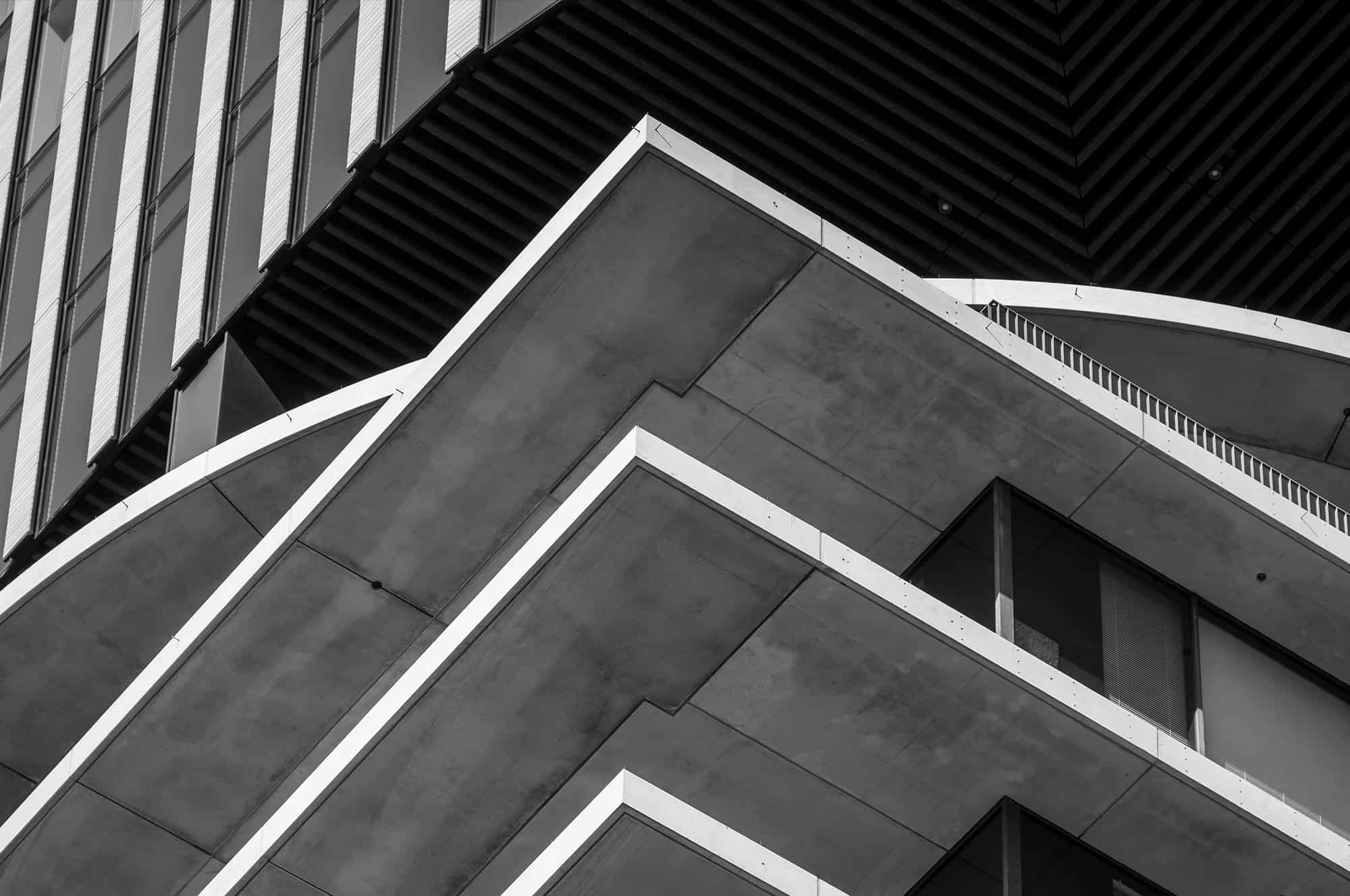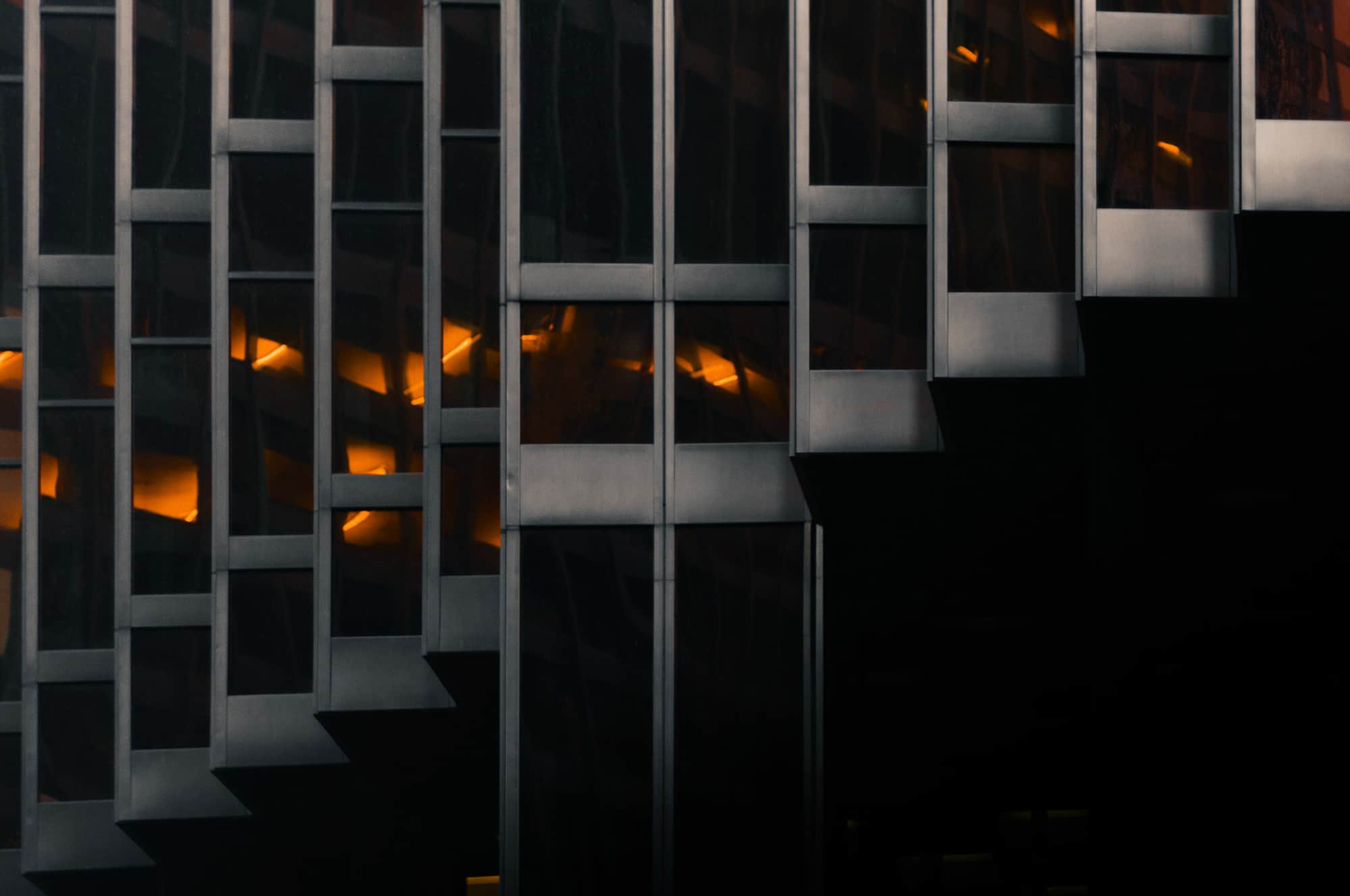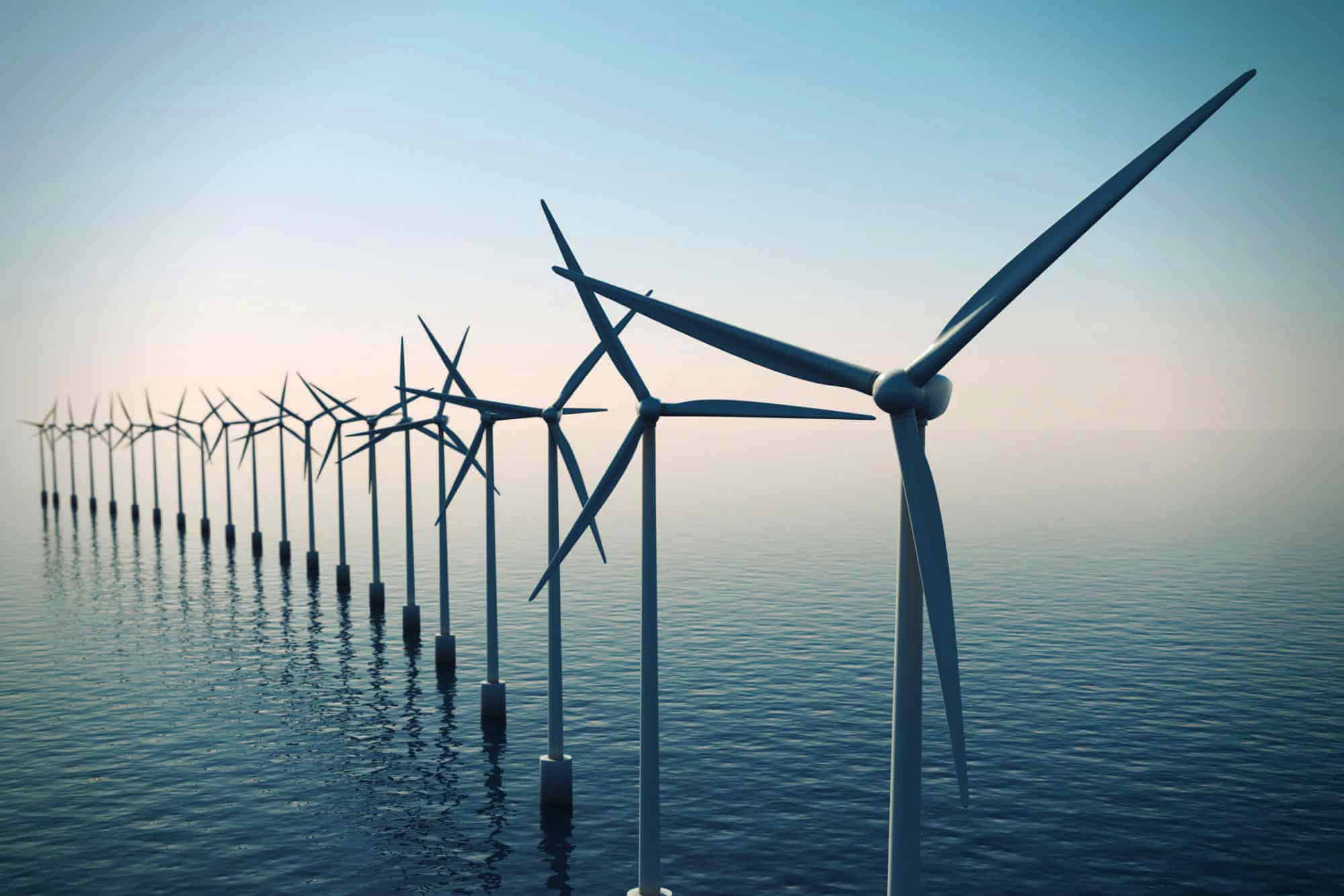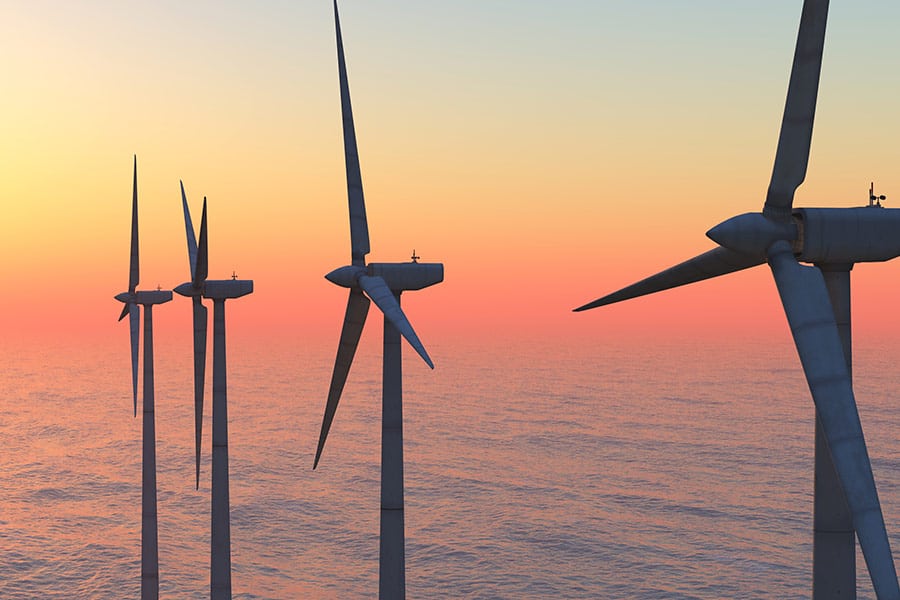Guodian United Power Technology Co. Ltd. / LETING WIND FARM
beijing, china
Project
With the development of offshore wind power, the design technology of offshore wind turbine foundations and substructures has gained attention around the world. For this CNY 5.3 billion project, Guodian United Power Technology designed a six-megawatt offshore wind turbine at the Leting wind farm in China. The preliminary plans for the Leting offshore wind farm project included a total installed capacity of 4,400 megawatts, starting with 300 megawatts during the first phase.
Facts
- The offshore wind power produced at the Leting wind farm will discharge no greenhouse gases.
- By reducing reliance on coal-fired power, the offshore wind turbine will save coal resources and reduce carbon dioxide emissions.
- The integration between SACS Wind Turbine and GH Bladed significantly improved design efficiency.
Solution
Since wave/current loads borne by offshore wind turbines and seabed geological conditions are the same as those for fixed offshore oil and gas platforms, Guodian adopted Bentleys’ offshore structural analysis and design software, SACS Wind Turbine. A six piled jacket type substructure for the 6 megawatt wind turbine was analyzed and designed for both strength and fatigue conditions using SACS Wind Turbine. The scope of the analysis covered the full coupling effects between the aerodynamic mechanical and environmental loads.
Outcome
The SACS Wind Turbine automated the interface between OpenWindPower and DNV GL’s GH Bladed for both fatigue and strength analysis, greatly improved the efficiency of the design team, and resulted in significant savings in manpower and material costs. Using the OpenWindPower Fixed Foundation, Guodian calculated and analyzed 459 fatigue working conditions in only 30 hours.
Software
SACS Wind Turbine
SACS Wind Turbine provides unique advantages in pile soil analysis, grouting unit simulation, tube node diversion, unit effective length modification, and fatigue analysis. The preliminary design of the foundation and substructure was conducted using aerodynamic and mechanical loading predicted by GH Bladed together with the environmental loading predicted by SACS Wind Turbine. For detailed design, the preliminary substructure and foundation model was used to conduct a fully coupled analysis in DNV GL’s GH Bladed program based upon the design marine and environmental conditions. The fully automated SACS Wind Turbine-GH bladed interface was then used to design the substructure and foundation.



